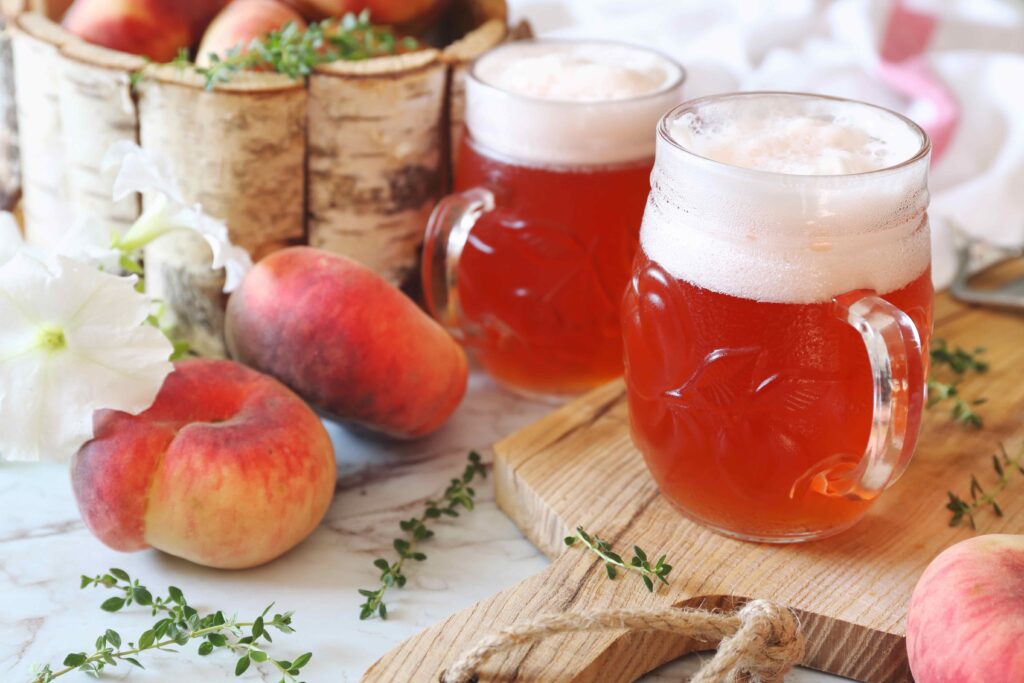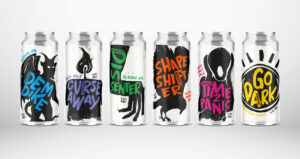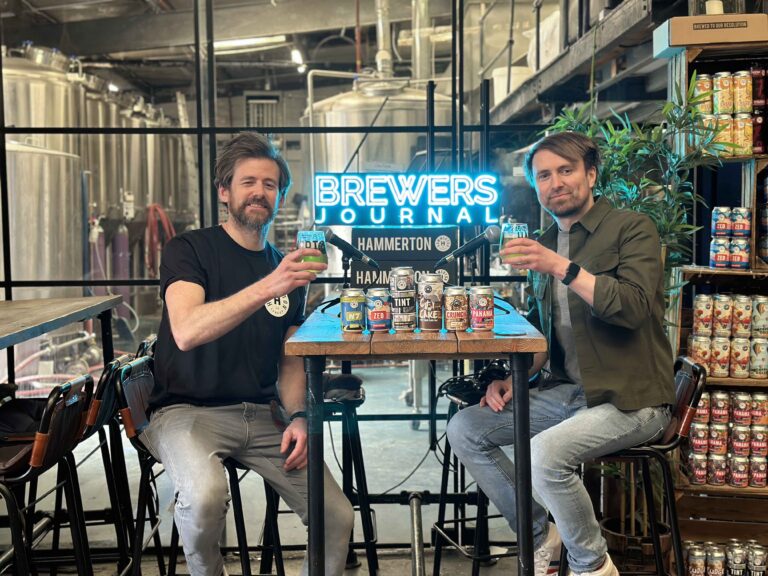How the market for flavoured beers is shaping up, what are the current flavour trends and just what is the next big thing for the sector? Mike Bagshaw, founder of flavour house I.T.S tells all.
The market diversity in beer has been blown wide open over the last 10 years by craft brewers. New brewing styles and trends are a welcome and much needed shake up and modernisation of the beer market, opening beer up to a much wider audience.
While brewers were once hesitant – even dismissive – of flavoured beers, they have now seen the opportunities for market growth with some breweries using flavours as their niche selling point.
Once frowned upon, this sector of the market has grown significantly, with even the most traditional of brewers calling for new and interesting flavours. Some brewers use flavours to save on natural fruit costs, or to just help with aroma, or maybe just to simplify their processes.
Other brewers are looking to pack their beers full of flavour as part of their brand offering. These new super flavoured beers have been expanding the beer drinking market in much the same way as flavour helped to expand the cider category and bring the product to a younger consumer.
Adding flavours means that the finished product doesn’t have a strong beer taste, but of mango or another exotic fruit for example and this is often appealing to younger consumers taking their first steps into beer drinking.
Today I.T.S works with several traditional-style breweries keen to widen their range and increase market share by introducing innovative flavours. It’s no longer just a ‘dry cider’ that’s required but strawberry and lime cider, blood orange cider, berry cider…the list goes on and the flavours are getting more exotic too.
There has been a shift with many brewers now developing a certain type of beer based around a flavour, rather than trying to make a flavour fit a certain beer style. So, for example if a manufacturer wants to produce a lychee flavoured lager, they will look to develop a lager base that would very much compliment a lychee flavour, and then add the flavour to the finished lager.
This approach allows for different layers of flavour and a better mouthfeel in the finished beverage. Alternatively, brewers can also brew one slightly flexible ‘base’ beverage, to which they can add different flavours to easily create multiple product lines from one brewing batch. This provides cost savings.
At I.T.S. we use our own microbrewery to brew specific beers that work well with flavours. We also have brewers on site to run small trials with their own beer and different flavours. The best way is then to put the new brews on tap at our on-site bar for staff to do some consumer testing. Not a bad day in the office!
What’s New in Flavours?
As in many other food and beverage categories, the hybrid concept where flavours from other product categories is merged is helping to expand beer ranges. Darker beers such as porters and stout work well with sweet dessert flavours while tropical flavours have really been dominating IPAs and pale ales with the rise in popularity of fruity and hazy drinks with a high ABV.
Cask beers are starting to rise in popularity too, as consumer interest in nostalgia continues to grow, with more new craft brewers taking things old school and bringing on cask variants.
The sours craze in confectionery is now being targeted at ‘kidoults’ in the form of sours beer and so opening a whole new market. Pretty much any fruit flavour, or fruit flavour combination can work in a sour beer.
Flavoured lagers are now also on the rise as lager provides a very easy and straightforward base for flavouring. It’s a great way to create fruity and refreshing beverages that appeal to many types of drinkers.
And the Next Big Thing?
Increase in consumer demands for low and no alcohol is driving demand for lower alcohol beers around 2% ABV. There will be more use of nitrogen beer pumps to offer creamier beer styles and a finer bubble structure as well as to help extend shelf life.
As far as flavours are concerned, technology will help manufacturers complement hop flavour and aroma. We’ll even be looking at flavour personalisation where beer served on tap can be customised with added flavour at the point of serve.









